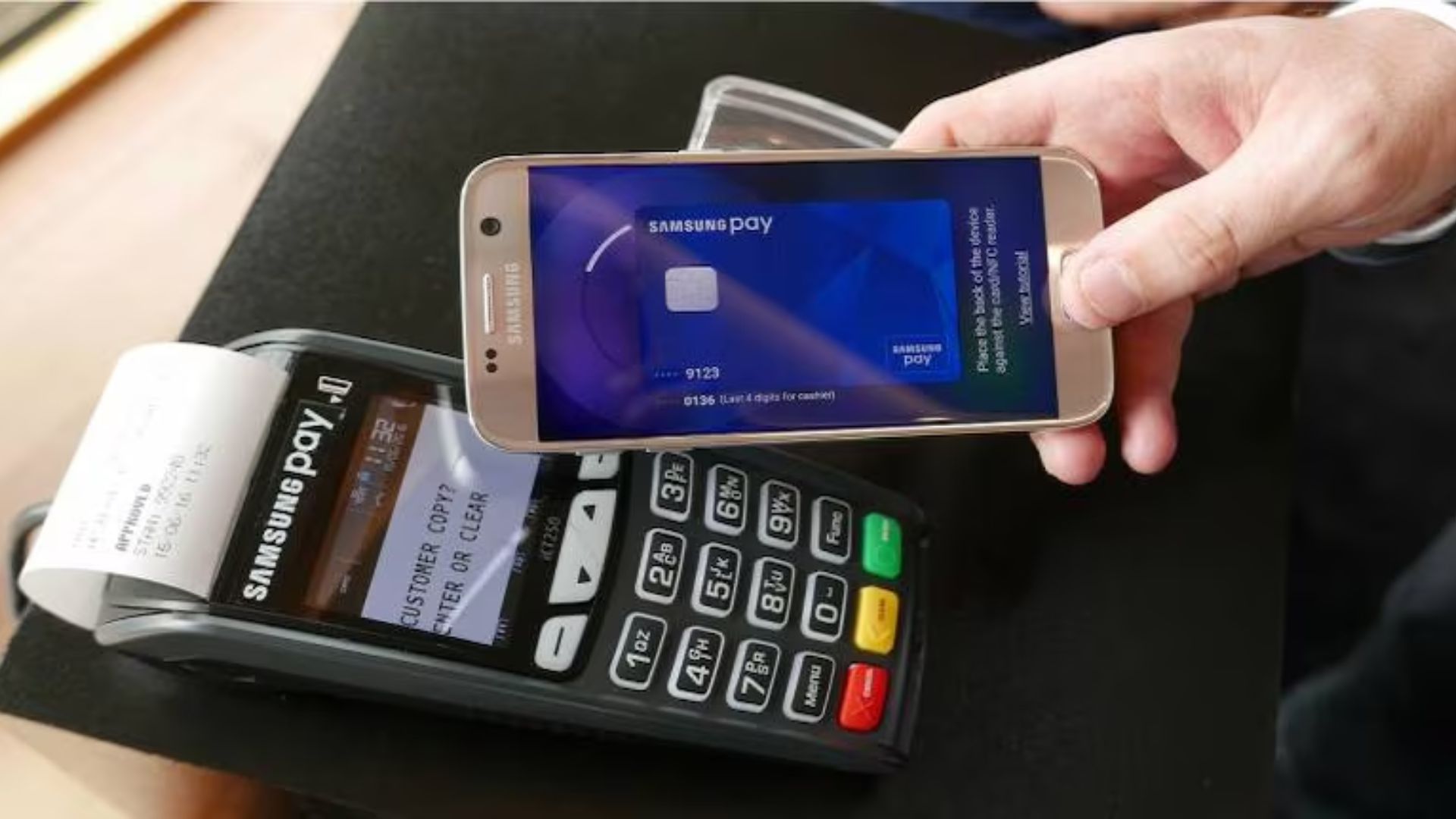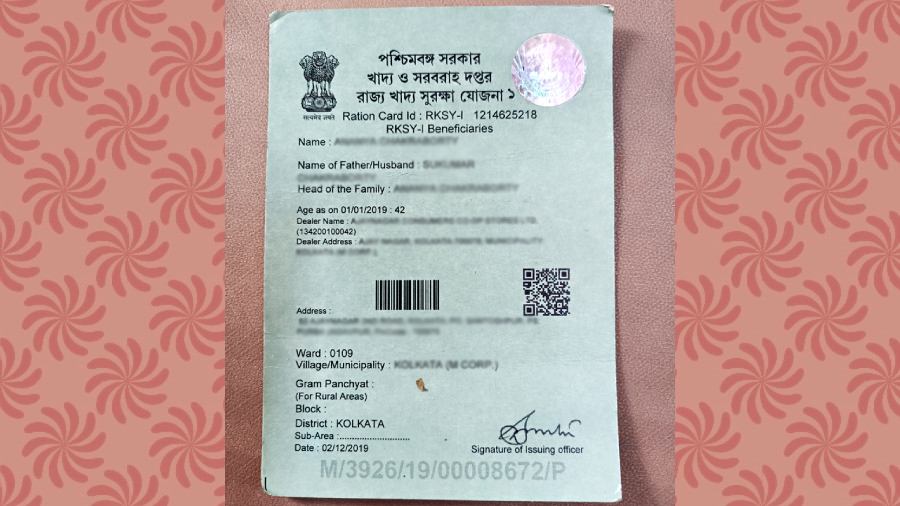
RBI Adds FASTag and Metro Card Payments to E-Mandate List for Hassle-Free Transactions
According to Governor Shaktikanta Das, the Reserve Bank of India has chosen to incorporate FASTags and the National Common Mobility Card (NCMC) into the e-mandate architecture to facilitate and ease the process for users to top off balances.
“E-mandates for recurring payment transactions are becoming more and more popular. It is currently suggested that the e-mandate framework include recurring payments but do not have a set frequency, such as replenishing balances in FASTag, National Common Mobility Card (NCMC), etc. This will allow users to automatically top up their balances in NCMC, FASTag, and other accounts if their balance falls below the established level. In Friday’s pronouncements by the Monetary Policy Committee, the Governor stated, “This will enhance convenience in making payments related to travel and mobility.”
This implies that once the money quantity goes below the selected limit, users won’t need to manually replenish the cards.
What Is E-Mandate?
An electronic mandate, often known as an e-mandate, is a standing order that the user gives to the issuing bank and other organizations, instructing them to automatically deduct the specified amount from the user’s bank account on a digital basis.
E-mandate essentially makes it easier for customers to use digital payment services to meet their varied demands. Once established, there is no more need for face-to-face communication on the e-mandate. The National Payments Corporation of India (NPCI) and the Reserve Bank of India (RBI) started it. The mandate was offline at first, but e-mandate was progressively implemented.
E-mandate is a quick way to pay bills, subscribe to SIPs, pay for insurance, pay for entertainment services, and more. Although human interaction is not necessary, the e-mandate must notify the user of the impending debit at least 24 hours in advance.
Which Details Are Needed For The E-Mandate?
You will need to provide certain information, depending on the bank and platform you are using for the e-mandate. Generally speaking, the user must provide the following kinds of data to receive an e-mandate:
- Details about bills, such as customer and meter numbers, plan and policy names, etc.
- Start date of the e-mandate
- E-mandate expiration date
- E-mandate limit quantity



